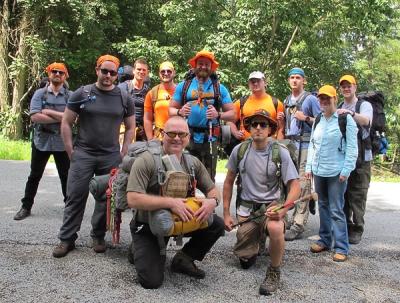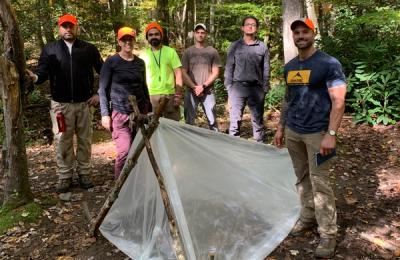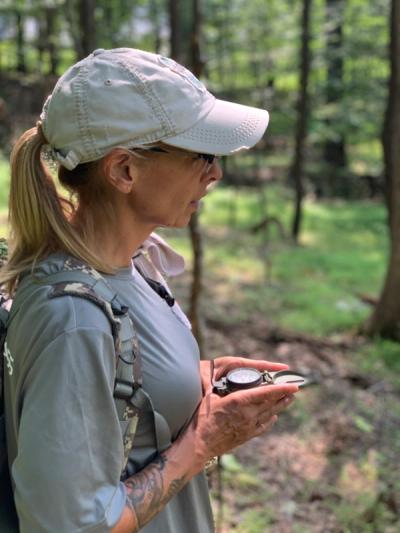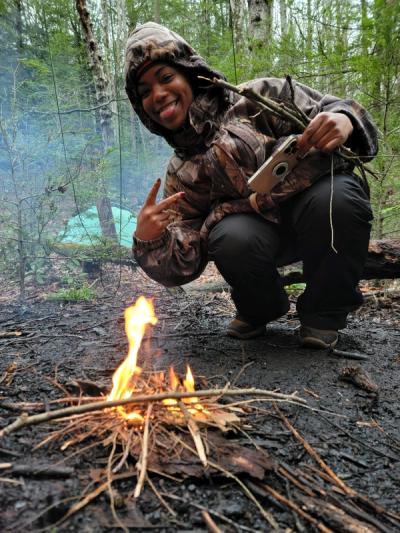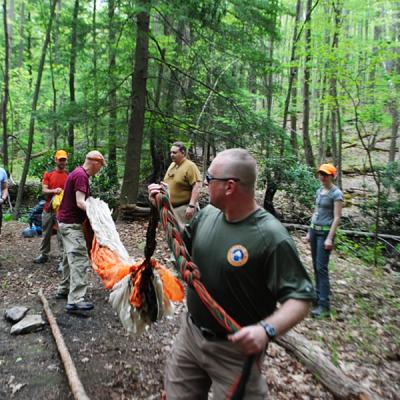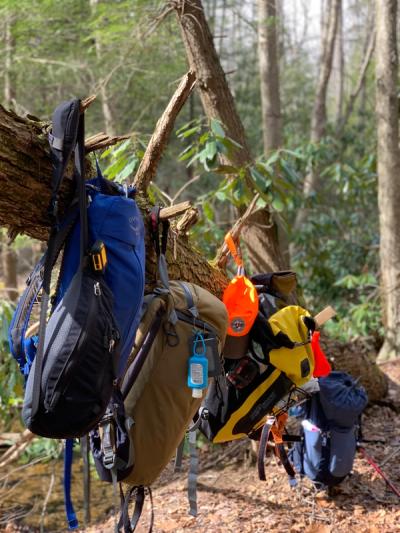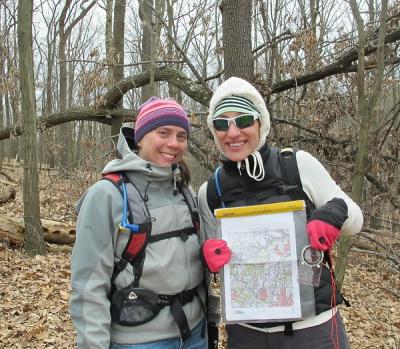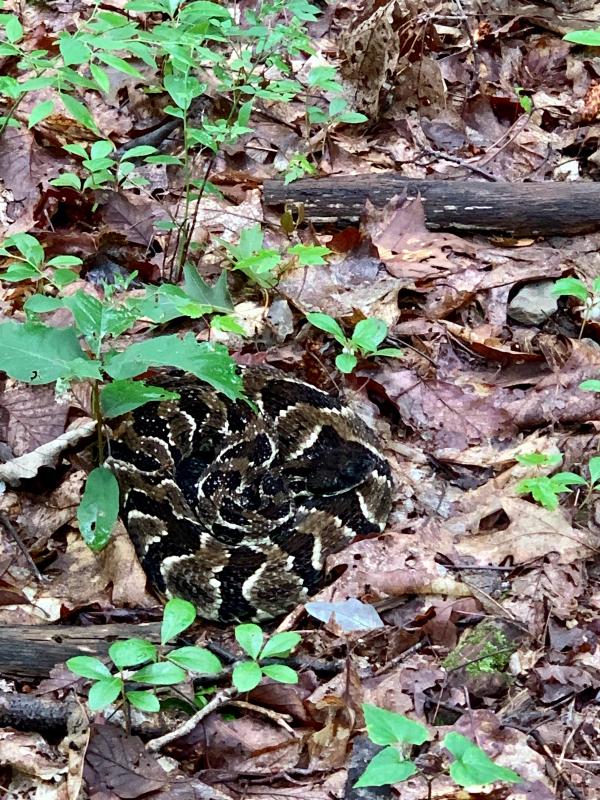
Wilderness First Aid – Snakebite

Erik Kulick · Jul 23, 2013
Regardless of the type of snake bite, the initial first aid is the same: make sure that the scene is safe, stop any major blood loss, clean the wound to minimize infection, and keep the patient calm and stable to reduce the effects of the venom.
Despite common belief, death caused from the bite of a venomous snake in the United States is exceedingly rare. The Wilderness Medical Society reports that, of the roughly 45,000 snakebites that are reported each year, about 8,000 are confirmed venomous, and of this number only around 10 actually result in death (typically because the victim was very young, very old, or suffered already from an underlying medical condition, like an allergy). In point of fact, more people die each year from bee stings and from taking “selfies” — by literally walking off cliffs or into traffic to get the perfect angle — than they do from snakebites.
Still, a venomous snakebite, in particular that of the most common one, a pit viper, is still nothing to belittle, as the injury, even if it means the low probability of death, may still be intensely life altering. In particular, the high potential risk of amputation to the stricken extremity, typically heightened when applying “old school” first-aid treatment.
Types of Bites
There are two main groups of venomous snakes in the U.S., the pit viper (the Rattlesnake, Copperhead, and Water Moccasin) and the elapid (only one type is native to this country, the Coral Snake).
Pit vipers kill their prey, like a a rodent, using a hemotoxin that destroys red blood cells and interferes with clotting, thereby causing general tissue damage. The practical effect being to pre-digest its prey … or your hand that it just bit.
Elapids, by contrast, kill their prey using a neurotoxin that interferes with the electrical activities of the prey’s nerves, namely the ability to breath or use muscles.
In terms of number, pit vipers account for 98% of all bites, while elapids account for just 1%. What about the other 1%, you ask? That remaining percentage involves “exotic” species (also elapids, but not native to North America), like the Cobra or Black Mamba, that sometimes strike a zoo handler or, more likely, an individual who has one in his personal collection (oftentimes acquired illegally) and is bitten while showing it off.
Regardless of either type of bite, the initial first aid is the same:
- Make sure that the scene is safe.
- Stop any major blood loss.
- Clean the wound to minimize infection.
- Keep the patient calm and stable to reduce the effects of the venom.
From there, the continuing first aid treatment must be tailored to either pit viper or elapid.
Pit Viper Bite
The definitive treatment for a pit viper bite is antivenin, so you will need to get your patient to a hospital as soon as possible. In the meantime:
- Continue to calm and reassure your patient.
- Immediately remove any rings, watches, bracelets, or anything else that might interfere with circulation — that is, act like a tourniquet — should swelling occur (which is likely).
- If the bite is on an extremity, like a hand or arm, immobilize and keep it at or below approximately heart level. It is recommended to splint it (to keep it straight) and to avoid putting it into a sling since it is important not to concentrate the venom in the limb causing more tissue damage.
- Gently cleanse the bite wound to help minimize infection, and apply a sterile or clean dressing.
- Keep your patient warm and hydrated.
- If you have a marker or pen, draw an initial line around the circumference of the extremity next to the swelling surrounding the bite, and write the time next to the line; repeat every 15 minutes — This helps to gauge and monitor the spread of swelling.
- Evacuate your patient by carrying, or going for help; or, if your patient is stable and rescued delayed, walk your patient out with frequent rest breaks.
The following techniques, despite general belief, should never be used:
- Do not cut and suck the bite, or even use a snakebite kit.
- Do not apply a tourniquet or other constricting band.
- Do not apply ice.
- Do not give your patient alcohol.
The is no need to capture, kill, or even photograph the offending snake! Doing so only puts you or your patient at risk of a second bite, and, more importantly, delays critical medical treatment. After all, the antivenin in the hospital ED is the same for all pit vipers. Besides, you’ll figure out soon enough if it was a pit viper just by the tell-tale signs: bleeding, swelling, bruising, and pain.
Why not use a tourniquet? A tourniquet should never be used on a snakebite, because not only does it cut off the blood flow to the extremity, it concentrates the venom in the extremity which only causes even more tissue damage. While it may sound incongruous, allowing the venom to flow freely in the circulatory system, allows it to dilute, thereby minimizing the necrotizing effect on the extremity’s tissue — again, think of your limb as a pre-digesting rodent — which risks later amputation.
Should I use a snakebite kit? Use of a snakebite kit is controversial. While using a suction device to remove venom from a bite site sounds logical (as snakebite kit manufacturers assert), the research conducted shows no benefit. The medical consensus, then, is that snake bite kits should not be used.
Elapid Bite
A bite from an elapid (namely the coral snake, which is native to the Southeastern and Southwestern U.S.) is less of a threat generally. While 98% of venomous snakebites are caused by pit vipers, only about 1% are caused by the coral snakes. That’s because its small mouth and short, fixed fangs make it it extremely difficult for it to bite anything on a human except a toe, finger, or fold of skin — and, even then, the coral snake must continue to hang on and chew before it can inject its venom. Still, the coral snake should not be underestimated as the venom is generally more toxic than that of a pit viper.
So a good first step in providing treatment is immediately grabbing and removing the offending snake before it can cause further injury.
If the bite is on an extremity, research indicates that applying a pressure immobilization bandage (not to be confused with a tourniquet) may be effective. This technique is very similar to wrapping a sprained ankle. Wrap an elastic bandage around the affected limb, starting at the bite site, and using the about the same degree of pressure as you would wrap a sprained ankle, continue to wrap all the way up the extremity. Then apply a sprint to the extremity. Doing so helps to slow the spread of the neurotoxin to the rest of the body. To make sure that the wrap is not too tight, you should be able to slip one or two fingers under the wrap, and you should be able to feel a normal pulse in the lower extremity.
Keep in mind that hospitals in the U.S. no longer use antivenin on coral snakes. Instead, they simply monitor the patient and provide supportive care, like using a respirator, when necessary.
Allergic Reaction
Whether it is the bite of a pit viper or coral snake, it is also possible that your patient could suffer a severe allergic reaction — that is, anaphylaxis — at any time before reaching the hospital. Of those few patients who do actually die from a snakebite, an anaphylactic reaction, where the immune system releases a flood of chemicals causing the body to go into shock by dropping blood pressure and interfering with breathing, is the common culprit. Thus, it is important, then, to monitor your patient and treat further as required.
Conclusion
In effect, despite common belief, the real risk of a snakebite isn’t death, but infection at the wounded bite site … and amputation of a limb exacerbated by “old school” first-aid practices. Frustratingly, lay providers aren’t so much to blame, as professional emergency responders and healthcare providers who continue, due to the relative rare nature of this injury, to refer to outdated practices and commonly accepted convention.
Which is why True North works very hard to keep our clients up to the date so that they are ready when it counts!
Would you like to learn how to better handle a snakebite injury, or some other wilderness emergency? Then consider enrolling in one of True North’s upcoming Wilderness First Aid (WFA) certification courses.
Meet the Author

Erik Kulick, Founder & Chief Instructor
Erik is a Pennsylvania-certified EMS Instructor, Fellow of the Academy of Wilderness Medicine, and served in law enforcement. He works with individuals and groups across all skill levels -- from beginners to members of the SOF community. He's been featured in national and international media, including CNN, The Associated Press, Backpacker, and The Guardian.
To learn more about Erik, visit him on LinkedIn and be sure to follow him on Facebook, Instagram, and YouTube.



